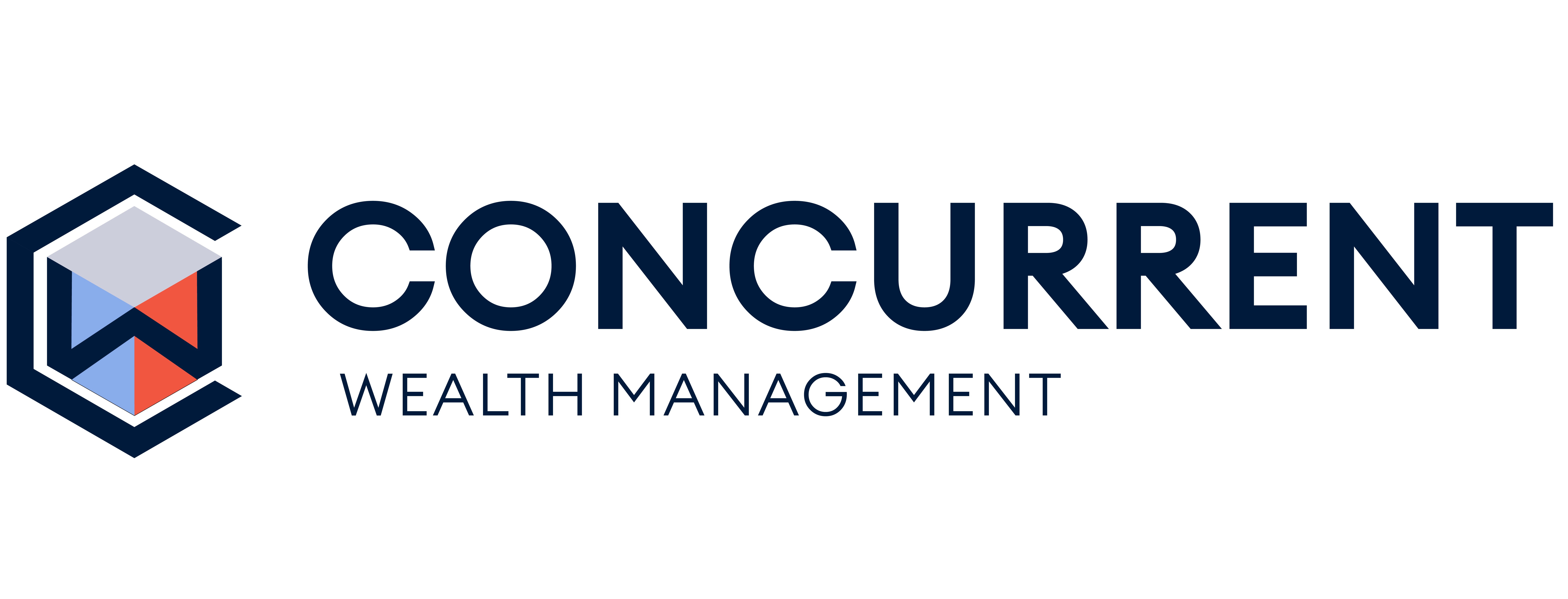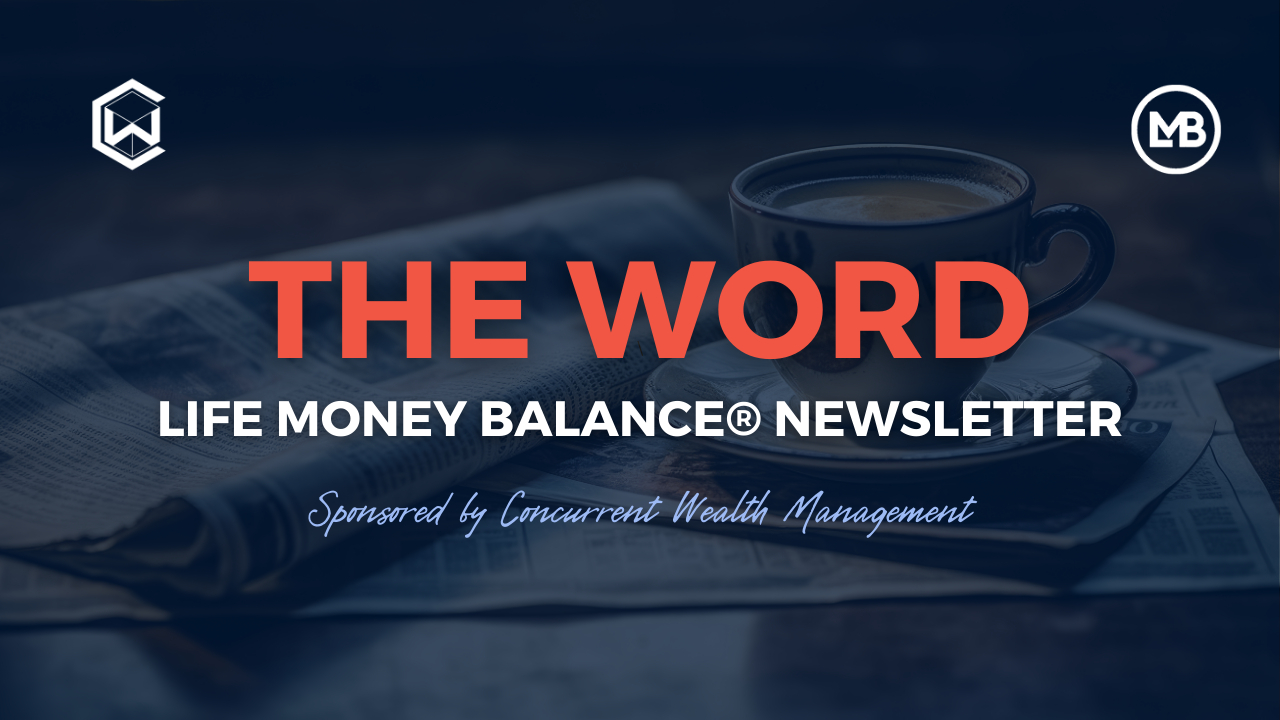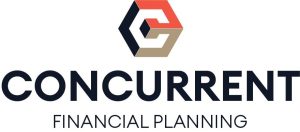The key to short-term financing is managing risk responsibly. Knowing when it is wise to leverage your assets and use your resources to get cash.
The key to short-term financing is managing risk responsibly. Knowing when it is wise to leverage your assets and use your resources to get cash fast with a strategic plan that can save you money in the long run. Borrowing against your investments could come in handy with the proper implementation. But you have to be careful to understand that these lines of credit use your wealth building investment as collateral. The more investments you have, the more opportunities you have to use them to achieve your financial goals, but there are risks involved. Here’s what you need to know.
Asset Lending Solutions
Credit cards and personal loans are the most common ways to get the money you need fast. Both come with high interest rates and strict payment schedules. A portfolio line of credit or margin loan can be an effective tool to avoid both those things as well as credit checks and late fees. Another possible option is a HELOC or Home Equity Line of Credit that uses your home’s equity as collateral. These tend to have higher interest rates but offer larger sums of money depending on your home’s value. A third asset lending solution is a securities based line of credit which has a few more risks and requirements to understand and often have larger sums of money and interest attached to the agreement.
1. Margin
Backed by the investments in your portfolio, a line of credit uses them as collateral while they stay in the market earning you money. Money can be given based on the value of stocks, bonds, mutual funds and the like but not from a retirement account. They are considered low risk and therefore tend to have low interest rates as well. Your interest rate varies based on the current market rate but oftentimes is also a variable interest rate. The amount you can borrow depends on the market value of your investments and your broker but typically run between 30-70% leaving “margin” for market fluctuation. Using the 50% mark is a good rule of thumb when considering marginable securities.
The pros of portfolio lines of credit are they don’t require a specific payment schedule, there aren’t any late fees and you can access it at a moment’s notice. They give you access to your investment money without triggering capital gains tax. You can use your funds for just about anything from home repair, vacation or even additional investments. In fact, it can be an exceptional way to take advantage of a trading opportunity without any cash as well as potential tax deductions on any interest paid from taxable income generated by your investment.
There are cons to the margin loan should there be a margin call or liquidation. A margin call means your portfolio’s value fell below what you owe and you’ll need to put cash into your account to keep it above the required threshold. A margin call is not always required which could lead your broker to liquidate some of your investments. It is recommended not to borrow to your approved limit to give yourself some wiggle room here. The larger your investment portfolio, the bigger your cushion and easier to avoid the risks to your accounts but no matter how big your portfolio is, be sure to moderate your borrowing.
2. (HELOC) Home Equity Line Of Credit
Backed by the equity in your residential property, this line of credit uses that collateral with a variable interest rate. There are some hoops to jump through before you can be approved and it takes time so you’ll need to prepare accordingly as the funds are not available for weeks. There will be an appraisal on your home as well as a check on your income and credit score. There are repayment terms and conditions including draw periods and interest payment schedules. Otherwise it works like a credit card with a maximum amount you can draw on for a fixed period of time (usually ten years). You only pay interest on the amount you borrow and can pay it back at your pace but within the allotted time frame. It is an excellent option for debt consolidation, financing a major purchase or home improvement as the interest rate would be lower than a credit card or personal loan and it would be an immediate cash option for the term of the loan.
3. Securities Based Lines Of Credit
Similar to a margin line of credit, the securities based line of credit is backed by the value of your entire portfolio. In the same way, this line of credit uses that collateral with a variable interest rate but is intended for much larger sums of money and has more restrictions. For example they can not be used to pay down a margin loan or be used to purchase more securities. The required amount to be borrowed usually is in the tens of thousands or hundreds of thousands of dollars range. These are not typically used for vacation and home repairs. This type of loan is designed for bridge financing or liquidity. For example: if you want to purchase a home before you sell the one you’re in it could bridge the transaction. Or perhaps you are waiting on a bonus or an inheritance and the perfect opportunity is presented right now. It is a high risk line of credit with a lot of obligations attached so understanding the demands is essential before applying. On the plus side, there are no annual fees, you can usually borrow up to 70% of the value of your portfolio and the application process is minimal.
Managing Risk
In all three asset line of credit scenarios, you’ll need to do your due diligence and be savvy about requirements and terms and be sure your finances can handle the terms. It’s crucial to develop a repayment strategy and possess the fortitude to manage the debt successfully. Despite the risks, leverage can be a powerful tool to build your wealth and are typically used for short-term goals with a plan to pay back quickly. Using a financial professional to help you navigate what is best for your needs and objectives while weighing the potential benefits of individual scenarios is always encouraged.





